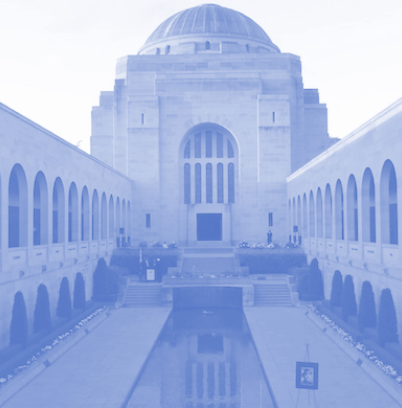AWM expansion plan slammed
 Experts have slammed the proposed $500m Australian War Memorial (AWM) expansion as it heads for final consideration.
Experts have slammed the proposed $500m Australian War Memorial (AWM) expansion as it heads for final consideration.
A public hearing in Canberra has heard the AWM expansion plans described as “wasteful” and “arrogant” by academics, architects, public servants and family of those killed in war.
Historian Dr David Stephens from the Australian National University spoke on behalf of dozens of individuals who signed a joint a submission to the inquiry.
“This has been a slipshod and arrogant exercise in public administration, a deeply flawed process,” he said.
“The work, the Memorial development, is unnecessary and has many objectionable features.”
The plans include the demolition of Anzac Hall to make way for a much larger exhibition space.
Anzac Hall was opened in 2001 and won an award for outstanding public architecture in 2005. But the War Memorial’s directors want it knocked down and replaced with a larger structure that can display decommissioned military hardware.
“Much of the Memorial's extended space will be taken up with a grandiose foyer and space to display decommissioned planes and helicopters, which do little to promote an understanding of Australia's wars, while providing a tourist attraction,” one submission stated.
Some have proposed the $500 million budget could be better spent on veterans’ services, such as fighting PTSD.
Former Australian War Memorial director Brendan Nelson has previously claimed the expansion will contribute to a “therapeutic milieu” and improve veterans’ mental health.
Peter Stanley worked as principal historian at the Memorial for 27 years, and has slammed the notion put forth by some that a bigger display of historic military aircraft and vehicles would help veterans heal from their experience.
“It has no medical or clinical or academic basis. I describe it as snake oil,” he said.
“There is no demonstrable therapeutic value in traumatised veterans visiting the display of their former weapons, vehicles or aircraft.
“I called it the hydroxychloroquine of the museum world.”
War widow Kellie Merritt, whose husband was killed in Iraq, said the new expansion will have an impact on the Pool of Reflection.
“It's the heart of the Australian War Memorial and sets an intangible but meaningful tone that will be changed by having a brutish building on its shoulders,” she told the inquiry.
“Replacing it with a gigantic structure to display decommissioned military hardware and an F-111 fighter jet serves to distract and distance us from the understanding of commemorating and honouring our war dead.
“Bigger does not mean better, and more expensive does not buy broad commemoration.
“This proposal, I feel, runs the risk of glorifying war.”
Shannon Battison from the Australian Institute of Architects said demolishing Anzac Hall would set a wasteful precedent.
“It's a very dangerous precedent to set if we allow our really important iconic public architecture to be redeveloped without the processes and safeguards,” Ms Battison said.
“A brief that dictates that [Anzac Hall] be demolished and something new put in its place feels unnecessary, and we could have experimented with some really wonderful ideas.”
AWM director Matthew Anderson said the AWM “engaged in national consultations”.
“We've visited 42 different cities to talk about what it is we want to achieve through the redevelopment,” he said.
“What those veterans don't have is a touch stone, they don't have a place that tells their story, that recognises their service and says thank you.
“Currently, only two per cent of our floor or gallery space is devoted to contemporary operations or conflicts, and we want to improve that.”
Mr Anderson said the group had tried to retain Anzac Hall.
“We looked at all options to try to retain it, but ultimately ... the best solution was the solution that's currently under consideration,” Mr Anderson said.
A federal parliamentary committee will now assess the final plans, looking at whether there is a need for the work, the cost-effectiveness of the proposal, the amount of revenue it will produce, and whether the work proposed is suitable.
There is no clear timeline on when it will deliver its findings.







 Print
Print